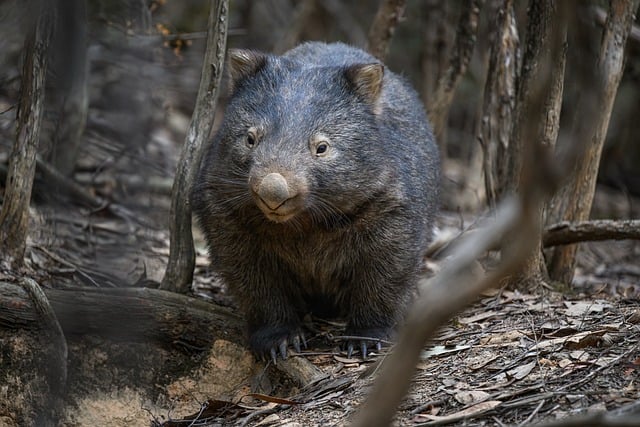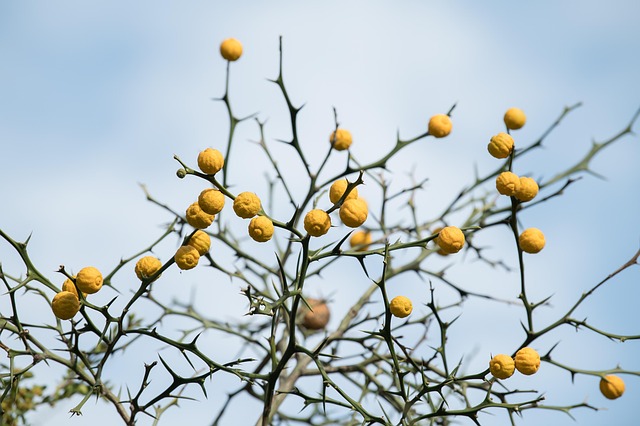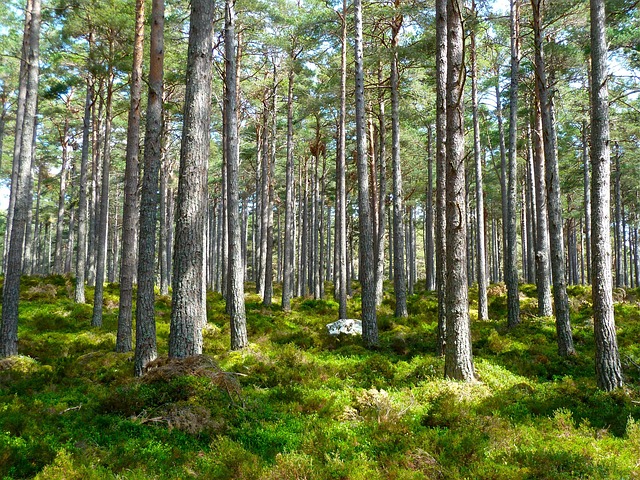
Exploring the Fascinating World of Wombats: A Mammals’ Insight
Wombats are one of the most captivating creatures that roam the earthy landscapes of Australia. These stocky marsupials, known for their distinctive appearance and charming demeanor, provide a deep insight into the diverse world of mammals. Their squat bodies, large heads, and short limbs make them instantly recognizable. Yet, there’s so much more to these extraordinary animals than meets the eye.
Wombats primarily thrive in the wild, favoring the cool, grassy regions of the Australian bush. These nocturnal eaters are herbivores, primarily munching on grasses, roots, and bark. Their powerful jaws and strong teeth allow them to efficiently harvest their favorite foods, which are abundant in their habitat. Despite their heavyset appearance, wombats are surprisingly agile and can run at speeds up to 25 miles per hour when threatened!
One of the most striking features of wombats is their burrowing behavior. These remarkable mammals dig extensive tunnel systems that serve as both shelter and a refuge from predators. Their burrows can be quite complex, showcasing their intelligence and adaptability in the face of environmental challenges. With their sturdy claws, wombats can excavate tunnels that stretch for hundreds of feet, demonstrating a level of engineering prowess that is truly fascinating.
Wombats also have a unique characteristic that sets them apart from other mammals: their cube-shaped feces! This unusual trait serves a practical purpose, as the cube shape prevents the feces from rolling away and helps mark their territory. It’s a quirky yet functional aspect of their behavior that reflects the wonders of the animal kingdom.
As social beings, wombats often display playful interactions with one another, particularly among mothers and their young. Lesser-known is the fact that they can form bonds with other wombats, leading to a sense of community among these solitary animals. Observing their interactions can provide insights into the social dynamics of mammals and the importance of relationships in the animal kingdom.
Their vulnerability in the wild, primarily due to habitat loss and human encroachment, highlights the importance of conservation efforts. By raising awareness and taking action to protect wombat habitats, we contribute to the preservation of these fascinating mammals for future generations.
As we explore the captivating world of wombats, let us marvel at their adaptive behaviors, social structures, and the vital role they play in their ecosystem. Whether through conservation efforts or simply by appreciating their unique qualities, wombats offer us a window into the intricate and diverse tapestry of life on Earth.



